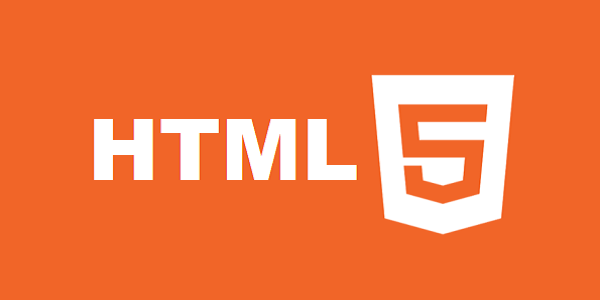HTML5 is a powerful and versatile markup language that revolutionized web development by providing enhanced functionality, improved semantics, and better multimedia integration. As the latest version of HTML, it enables developers to create more structured, interactive, and user-friendly websites without relying on additional plugins. It supports cross-platform compatibility, improves website performance, enhances accessibility, and enables seamless integration of modern web technologies for a dynamic user experience. HTML5 also ensures faster load times and security.
One of the most significant improvements in HTML5 is the introduction of semantic elements such as <header>, <nav>, <article>, <section>, and <footer>. These elements improve the structure of web pages, making them more readable for both users and search engines, ultimately enhancing SEO. This helps search engines better understand and index website content, improving visibility and rankings. Additionally, semantic elements contribute to accessibility and responsive design.
HTML5 also enhances multimedia support with the <video> and <audio> elements, allowing seamless integration of media files without requiring third-party plugins like Flash. This reduces security vulnerabilities and ensures faster, more reliable performance across all devices. Additionally, the <canvas> element enables dynamic graphics and animations using JavaScript, providing an engaging user experience.
Another key feature of HTML5 is its improved form handling. With new input types such as email, number, date, and range, form validation becomes more efficient, ensuring a smoother user experience. The inclusion of attributes like placeholder, required, and autocomplete further simplifies data entry and validation. Additionally, HTML5 enhances accessibility, reduces reliance on JavaScript for validation, and improves overall website performance.
HTML5 also introduces offline capabilities through the Web Storage API, which includes localStorage and sessionStorage. This allows web applications to store user data locally, reducing the need for constant server communication and improving performance, particularly for mobile users. The Application Cache (AppCache) and Service Workers further enhance offline functionality, enabling web apps to work even without an internet connection.
With full support across modern browsers, HTML5 is an essential technology for web developers. Whether you are building static websites or dynamic web applications, mastering HTML5 is crucial for creating responsive, high-performance, and accessible web experiences in today’s digital landscape.






